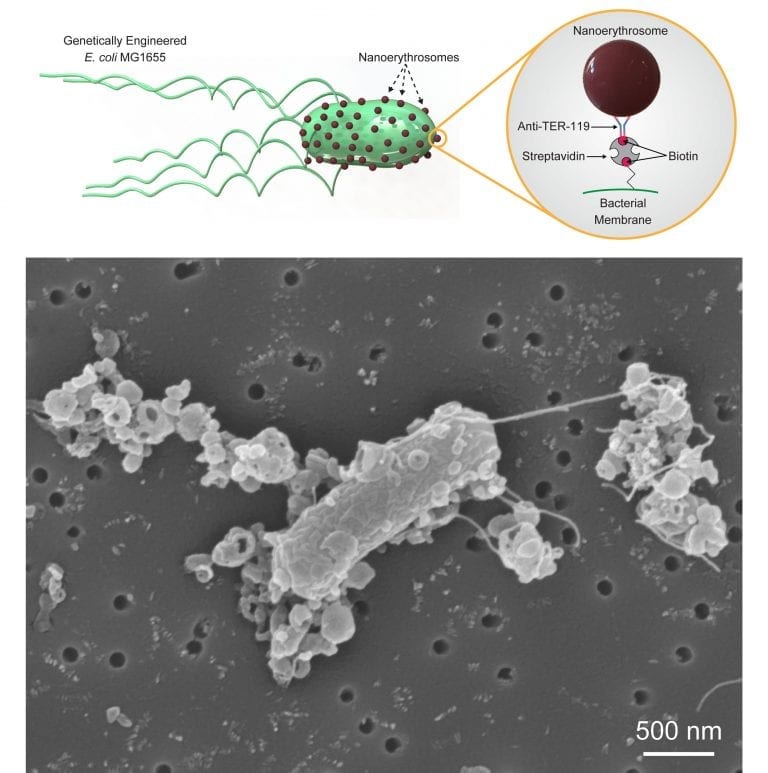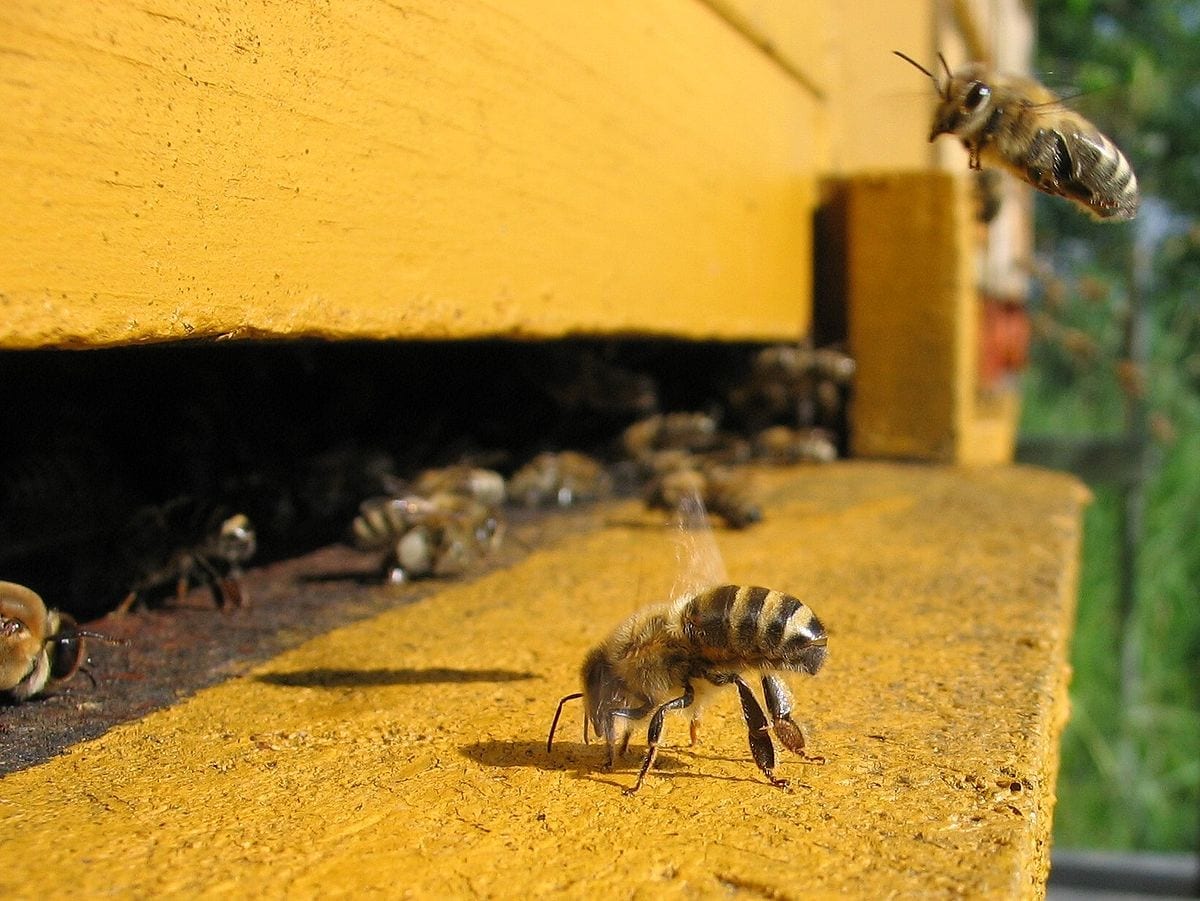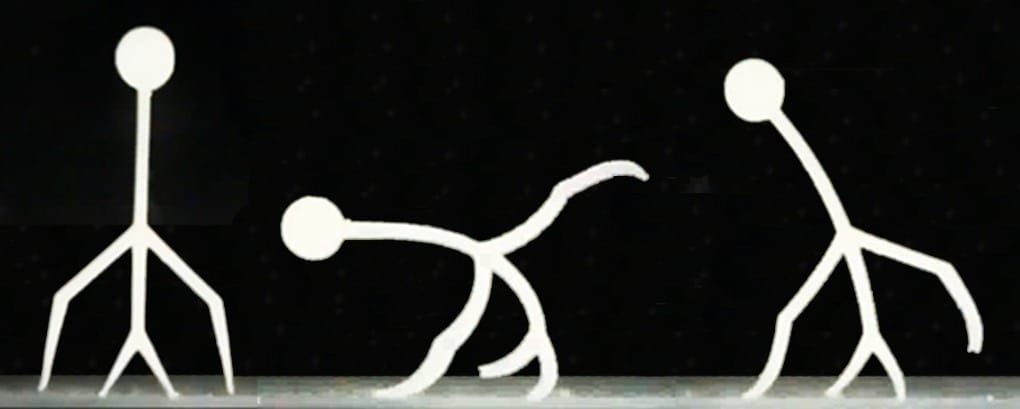
researcher at the Femto-ST Institute in Besançon, France, assembles microrobotic systems using new optical nanotechnologies.
Nanorobotics team demonstrates their new capability to manufacture optical nanotechnologies.
A French nanorobotics team from the Femto-ST Institute in Besançon, France, assembled a new microrobotics system that pushes forward the frontiers of optical nanotechnologies. Combining several existing technologies, the µRobotex nanofactory builds microstructures in a large vacuum chamber and fixes components onto optical fiber tips with nanometer accuracy. The microhouse construction, reported in the Journal of Vacuum Science and Technology A, from AIP Publishing, demonstrates how researchers can advance optical sensing technologies when they manipulate ion guns, electron beams and finely controlled robotic piloting.
Until now, lab-on-fiber technologies had no robotic actuators for nanoassembly, so working at this scale inhibited engineers from building microstructures. This innovation allows miniaturized sensing elements to be installed on fiber tips so engineers can see and manipulate different components. With this advancement, optical fibers as thin as human hair can be inserted into inaccessible locations like jet engines and blood vessels to detect radiation levels or viral molecules.
“For the first time we were able to realize patterning and assembly with less than 2 nanometers of accuracy, which is a very important result for the robotics and optical community,” said Jean-Yves Rauch, an author on the paper.
The French engineers combined all the technological components for nanoassembly — a focused ion beam, a gas injection system and a tiny maneuverable robot — in a vacuum chamber, and installed a microscope to view the assembly process. “We decided to build the microhouse on the fiber to show that we are able to realize these microsystem assemblies on top of an optical fiber with high accuracy,” Rauch said.
Building a microhouse is like making a giant dice from a piece of paper, but nanoassembly requires more sophisticated tools. The focused ion beam is used like scissors to cut or score the silica membrane “paper” of the house. Once the walls fold into position, a lower power setting is selected on the ion gun, and the gas injection system sticks the edges of the structure into place. The low-power ion beam and gas injection then gently sputters a tiled pattern on the roof, a detail that emphasizes the accuracy and flexibility of the system.
In this process, the ion gun had to focus on an area only 300 micrometers by 300 micrometers to fire ions onto the fiber tip and silica membrane. “It’s very challenging to pilot the robot with high accuracy at this cross point between the two beams,” Rauch said. He explained that two engineers worked at multiple computers to control the process. Many steps are already automated, but in the future the team hopes to automate all the robotic stages of assembly.
Now, using the µRobotex system, these engineers are constructing functionalized microstructures to detect specific molecules by attaching their microstructures onto optical fibers. The nanorobotics team is hoping to push the limits of the technology further still, by constructing smaller structures and fixing these onto carbon nanotubes, only 20 nanometers to 100 nanometers in diameter.
Learn more: Robotic Assembly of the World’s Smallest House — Even A Mite Doesn’t Fit Through the Door!
The Latest on: Microrobotics
[google_news title=”” keyword=”microrobotics” num_posts=”10″ blurb_length=”0″ show_thumb=”left”]
via Google News
The Latest on: Microrobotics
- Lawmakers on Capitol Hill engage with robots to shape future AI regulationson May 9, 2024 at 5:40 am
Capitol Hill was invaded by robots and 7News On Your Side’s Lindsey Mastis was there.Lawmakers have to set regulations for Artificial Intelligence, so it’s impo ...
- Stirring the Primordial Soup: Unveiling Secrets of Early Life With Synthetic Modelson May 5, 2024 at 4:16 am
A synthetic droplet could provide researchers with insights into how the most basic forms of life on Earth might interact with their environment. Our bodies consist of trillions of diverse cells, each ...
- Startup claims it has created a battery that doesn't need to be charged for 50 years: 'Absolutely safe'on March 13, 2024 at 7:17 am
The company envisions it powering an exciting future filled with transformative technologies like AI, aerospace inventions, and micro-robotics. While the concept of nuclear batteries has been ...
- Tackling hard-to-reach infections with tiny robotson January 24, 2024 at 12:59 am
The integration of microrobotics into healthcare signifies a paradigm shift in how we approach medical treatments, promising more efficient and less invasive options. We’re happy to see that ...
- Microbot Medical Incon December 29, 2023 at 7:25 pm
Microbot Medical, Inc. is a pre-clinical medical device company engaged in the research, design, development, and commercialization of micro-robotics assisted medical technologies. The firm ...
- Noah Jafferison November 14, 2023 at 11:59 am
Millimeter-Scale Mechanisms and Devices / Microrobotics: Flying Robots, Rotary and Linear Actuators, Fans, Sensors. Fabrication, System Design, Modeling, Scaling Analysis, Untethered Operation, ...
- Microbot Medical Incon November 11, 2023 at 7:38 pm
Microbot Medical, Inc. is a pre-clinical medical device company engaged in the research, design, development, and commercialization of micro-robotics assisted medical technologies. The firm ...
- Microsculptures 3D Printed With Advanced Macromolecular “Inks”on June 5, 2023 at 3:58 am
Whether you’re looking at the production of tiny optical components, microfluidic tooling, or microrobotics, having the ultimate control over material properties at the molecular level is key.
- Machine Design Expertson April 21, 2022 at 7:28 pm
Afterwards, he completed one post-doc year in Harvard at the microrobotics lab. In 2009, he started his assistant professorship at MIT and started working on the MIT Cheetah robot. This past year ...
via Bing News










